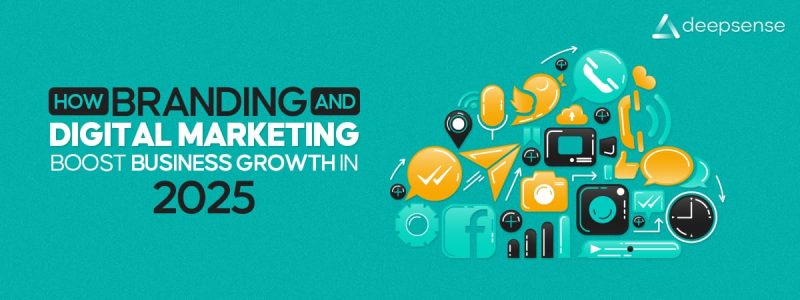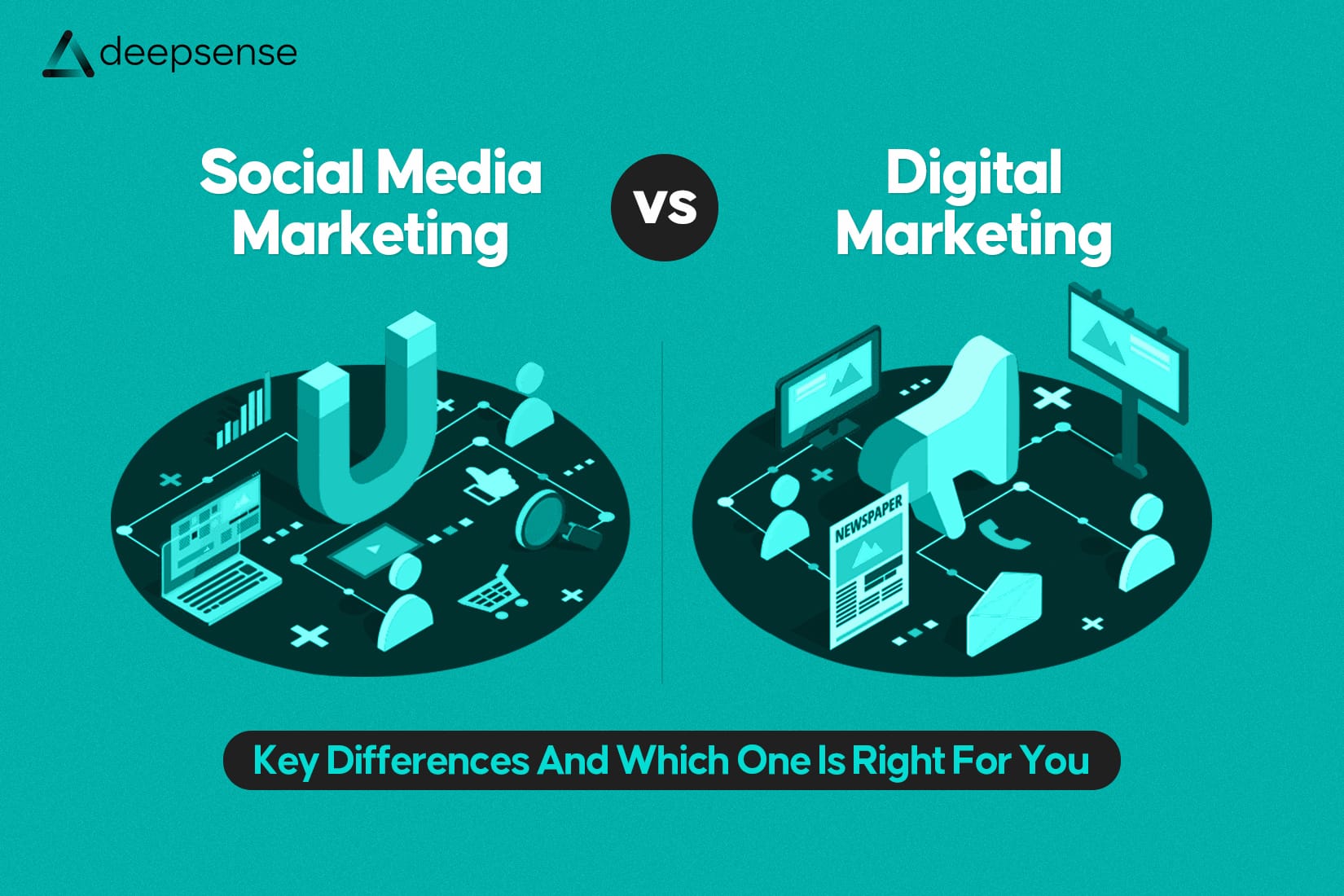Introduction
Think back to the last time you were scrolling through your phone and stumbled upon a quick quiz. Maybe it promised to tell you what your leadership style is or which skincare product fits your routine best. You clicked, answered a few fun questions, and before you knew it, you were engaging with a brand you might not have thought much about before.
That right there is the quiet magic of interactive content.
Today, brands cannot afford to rely on passive content anymore. Blogs, static ads, and one-way social media posts are becoming background noise. What cuts through the clutter now are experiences that invite the audience to participate.
Interactive content, whether through quizzes, polls, augmented reality (AR) experiences, or other formats, is not just a trendy marketing tactic. It has become one of the most powerful strategies to drive genuine engagement, better lead generation, stronger brand loyalty, and even faster conversions.
Let us dive deep into why interactive content is having its moment, what formats are leading the charge, and how brands can ride this wave with real success.
Why Interactive Content Works: The Psychology Behind the Screen
At its core, interactive content satisfies two psychological cravings: curiosity and control.
Curiosity is what pulls someone into clicking a quiz that promises insights about their personality or style. Control is what keeps them engaged because they are not just consuming information, they are shaping their own experience.
When you compare it with traditional blog posts or ads, interactive content offers something far more appealing: it feels like a conversation rather than a lecture.
And the data backs it up. According to Demand Metric, interactive content converts at nearly double the rate of static content. Meanwhile, the Content Marketing Institute highlights that nearly 79 percent of marketers believe interactive experiences help people retain brand messaging better.
In simple terms, if you want your audience to not only notice you but also remember you, interactive content is one of the smartest plays you can make.
Breaking Down the Best Performers: Quizzes, Polls, and AR Experiences
1. Quizzes: Personalized Engagement, Scaled for Everyone
Quizzes are everywhere because they work incredibly well. They combine entertainment with personalization, making people feel understood by the brand.
Let us say a fitness company launches a “What’s Your Ideal Workout Style?” quiz. Based on the answers, they recommend specific workout programs or products. This is not just cute content, it is powerful first-party data collection. Every click tells the brand something about customer preferences without asking for it outright.
The brilliance of quizzes lies in their ability to move users along the buyer’s journey without any hard sell. Plus, when quizzes are framed around curiosity and instant gratification, completion rates soar.
Pro Tip: Keep quizzes under seven questions for best performance. Always offer immediate, meaningful results to reward the user’s time.
Quick Stat: BuzzFeed’s viral dominance was built largely on quizzes, with quizzes accounting for 75 percent of their most-shared content at one point.
2. Polls: The Easiest Way to Spark Conversations
Polls are often overlooked, but in the right hands, they are engagement goldmines.
Running a poll makes your audience feel like their opinion matters. Whether it is voting for a new product flavor or picking the next city for a pop-up event, polls invite participation without friction.
Platforms like Instagram, LinkedIn, and Twitter have made polls incredibly easy to create and share. Better yet, polls often get higher engagement than regular posts because they ask users to make micro-decisions. There is no heavy lifting required, just a simple tap to voice assistance an opinion.
Pro Tip: Always share poll results publicly. This closes the feedback loop and strengthens community trust.
Important Stat: LinkedIn posts with polls get twice as much engagement as standard posts.
3. Augmented Reality (AR) Experiences: Bringing Products to Life
If quizzes and polls are the low-hanging fruit of interactive content, augmented reality is the crown jewel.
AR bridges the digital and physical worlds in ways that were pure science fiction a few years ago. Today, you can try on glasses virtually, see how a new couch would look in your living room, or even visualize a new tattoo on your arm, all through your phone.
Brands that invest in AR experiences are not just showing products. They are letting people live with them before buying. This dramatically boosts confidence and minimizes buyer’s remorse.
Pro Tip: Focus on simplicity. AR experiences should be seamless, preferably browser-based, and not require bulky app downloads that can deter users.
Standout Stat: Shopify revealed that products with AR experience see a 94 percent higher conversion rate than those without.
Quick Example: IKEA’s “Place” app allows customers to virtually position furniture in their homes, dramatically improving purchase satisfaction and reducing returns.
More Interactive Content Ideas Gaining Momentum
Beyond quizzes, polls, and AR, other interactive formats are making a splash:
- Interactive Videos: Let viewers choose storylines or explore products in a video format.
- Calculators: Perfect for industries like finance, real estate, and SaaS, where users want quick personalized estimates.
- Interactive Infographics: Turn dry statistics into engaging, clickable storytelling.
The goal is to offer experiences that adapt to user choices rather than sticking them with a one-size-fits-all flow.
Best Practices for Interactive Content That Wins
1. Start With Audience Insight
You cannot guess your way to success. Research what your audience cares about, what challenges they face, and what experiences they find fun or valuable.
2. Value First, Ask Later
Give before you get. Offer value through the experience first, then gather data or encourage conversion.
3. Keep It Fast and Frictionless
Every second matters. Optimize load times, remove unnecessary steps, and make interactions intuitive.
4. Integrate With Your Funnel
Think about what comes next. Where does the user go after they complete a quiz or poll? Interactive content should fit seamlessly into your overall customer journey.
5. Measure, Learn, and Optimize
Track not just participation rates, but also the quality of leads, conversion follow-through, and content shares. Let the data guide your next move.
Challenges Brands Must Watch For
Interactive content is powerful but not without hurdles:
- Higher Production Costs: Good interactive content needs thoughtful design and sometimes custom development.
- Cross-Device Compatibility: Always test experiences across mobile, desktop, and different browsers.
- Privacy and Compliance: Any data you collect must comply with GDPR, CCPA, and other privacy regulations. Always be transparent with users.
Done right, though, the payoff far outweighs the effort.
Additional Pro Tips for Winning with Interactive Content
1. Personalize the Experience Dynamically
Where possible, use dynamic content that changes based on user inputs in real time. For example, a quiz result page can recommend different products based on answers, or an AR experience can load options according to user preferences. Personalization drives 80% better engagement according to Salesforce research.
2. Make Sharing Effortless
At the end of a quiz or poll, prompt users with a one-click social share option. Frame it around showcasing their results (“I got X! What about you?”) or challenging friends. Viral loops are built this way, increasing your organic reach without extra ad spend.
3. Tie Interactive Content to Your Email Marketing
After users engage, offer them a deeper reward (like a personalized report, coupon, or exclusive tip sheet) in exchange for their email address. This turns momentary engagement into long-term nurture potential.
4. Keep Mobile UX as Priority #1
A huge percentage of users will engage from their phones. That means faster load times, touch-friendly buttons, vertically oriented visuals, and ensuring that AR or calculators are optimized for mobile responsiveness.
5. Use Interactive Content to Prequalify Leads
If you are selling a SEO service or a higher-ticket product, design quizzes or calculators that naturally filter leads. For example, a home loan eligibility calculator can separate serious buyers from browsers without any pushy sales conversation.
6. Blend Education with Entertainment
The best interactive content does not just ask users questions. It teaches them something new about themselves or the topic. Infuse helpful insights or personalized tips along the experience journey to deliver more perceived value.
7. Add Progress Bars to Boost Completion Rates
If you are using a quiz or multi-step poll, show a visual progress bar. Psychology studies prove that users are more likely to finish tasks once they can “see” how close they are to the finish line.
8. Gamify Where Possible
Simple badges, points, or unlockable results create a feeling of achievement. Adding light gamification can boost interaction time by 20-30% and encourage repeat visits.
9. Segment Your Audience Post-Interaction
Once users complete your interactive content, segment them based on their answers or behaviors. Feed this data into your CRM or email marketing workflows for hyper-targeted follow-up messaging that resonates deeply.
10. Analyze Micro-Metrics, Not Just Macro Goals
It is tempting to only look at completion rates or leads generated. But track every step: where people drop off, which question gets skipped, which AR feature they explore longest. These micro-insights reveal how to tweak and perfect the next experience.
11. Create Series-Based Interactive Campaigns
Instead of a one-off quiz or AR tool, plan a series. Example: a monthly quiz series on different themes or an evolving AR experience with new filters or product launches. This keeps users coming back.
12. Storytelling Still Matters
Even interactive experiences should have a narrative arc. Frame the user’s journey like a mini-story where they are the hero discovering something exciting by the end.
13. Integrate Lead Scoring with Interactive Content
If you use marketing automation platforms like HubSpot, Salesforce, or Marketo, connect your interactive content responses to lead scoring models. Hot prospects can then automatically be fast-tracked to sales teams.
14. Test Different Calls to Action (CTAs)
Different experiences need different CTAs. Instead of always saying “Submit” or “Learn More,” experiment with CTAs like “Find Your Match,” “Reveal Your Results,” or “Build Your Dream Outfit.” Make it feel like part of the experience rather than a standard form.
15. Update and Refresh Interactive Content Regularly
Audience fatigue can set in quickly. Refresh quiz questions, update poll topics, or add new AR elements every few months to keep the experience fresh and prevent engagement drop-offs.
Final Thoughts
Interactive content is not just the future of digital marketing. It is the present. It offers a refreshing alternative to passive consumption, inviting users to co-create their experiences with brands.
Quizzes, polls, AR experiences, and other interactive formats deepen engagement, build emotional connections, and drive serious business results. In a market where consumers have endless choices, giving them a voice and an experience makes all the difference.
Brands willing to move beyond static content and embrace interactive storytelling are already seeing the rewards. The only question is, will your brand be one of them?
FAQs
1. What are examples of interactive content?
Examples of interactive content include quizzes, polls, calculators, interactive infographics, surveys, interactive videos, virtual tours, assessments, and gamified experiences. These formats encourage users to actively participate rather than passively consume content.
2. What strategies will you use to engage your audience?
To engage an audience, strategies could include creating interactive content, personalizing communication, storytelling, running contests, using live videos or webinars, encouraging user-generated content, responding quickly to comments, and offering value-driven, relevant information consistently.
3. What type of content is most engaging?
Content that is visual, personalized, interactive, and emotionally relatable tends to be the most engaging. Quizzes, videos, memes, storytelling posts, behind-the-scenes content, and user-generated content often perform best across most platforms.
4. What is interactive content strategy?
An interactive content strategy involves planning and creating content that requires audience participation to boost engagement, collect data, improve brand experience, and drive meaningful actions like shares, sign-ups, or purchases. It focuses on two-way communication rather than one-way broadcasting.
5. What is an example of interactive?
A great example of interactive content is an online quiz like “Which career path suits your personality?” Users answer a few questions and receive personalized results, making the experience fun, memorable, and shareable.











